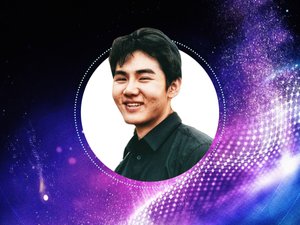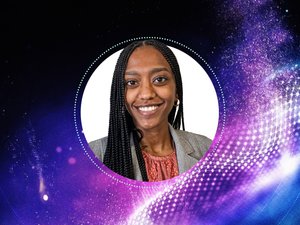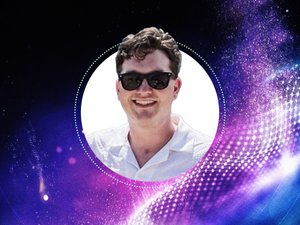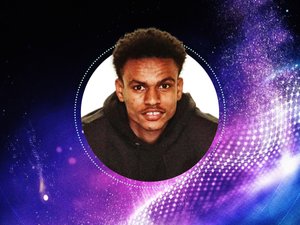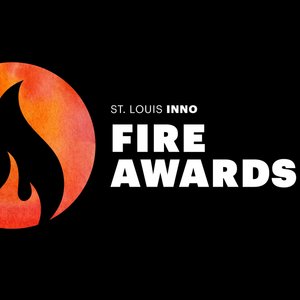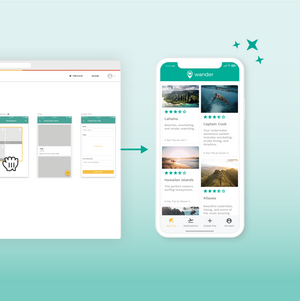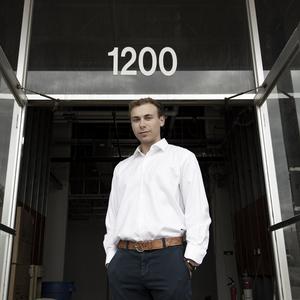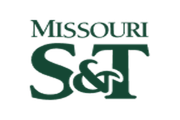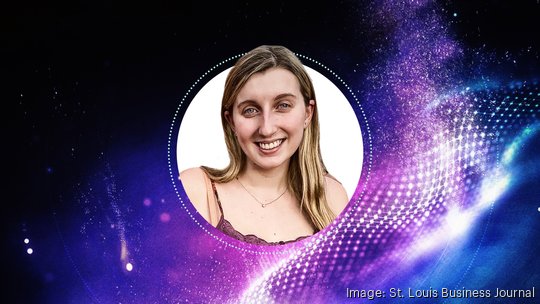
Rachel Johns began her college studies at Washington University with plans to eventually become a veterinarian. However, after starting her coursework, she realized that wasn’t her passion.
That led Johns, 20, a junior at Washington University, to explore other subjects. That included taking a course in earth science and being introduced to geospatial analysis. That’s the career Johns is now pursuing.
Johns in April was awarded the U.S. Department of Defense’s Science, Mathematics, and Research for Transformation (SMART) Scholarship, which pays for tuition, provides a stipend, internship opportunities and employment after graduation. Johns has made a two-year commitment to work at the National Geospatial-Intelligence Agency following her graduation as an image scientist. This past summer, Johns interned with the National Security Innovation Network’s X-Force Fellowship program.
“I really want my work to be human-centered. I think working with the DoD there’s always that component,” Johns said.
What’s your proudest accomplishment? My proudest accomplishment thus far is my work with the DoD. This April I was awarded the DoD’s SMART Scholarship, which has a two-year service commitment to the National Geospatial-Intelligence Agency in St. Louis after I graduate. I’ll be working at the NGA in their image science department where I’ll be interpreting different forms of imagery to inform U.S. intelligence on a variety of events. I hope to be able to focus on natural disaster rescue and relief, because I will be able to apply my imagery analysis skills with my degree in earth science. Even if I don't work on natural disaster relief at the NGA, I know I still have a promising, fulfilling career because I really value working on projects that help people and the NGA’s work aligns with that value. This past summer my work with the DoD’s National Security Innovation Network also made me proud, because I worked with a team to develop a conditionally formatted decision tool that helps senior members of the DoD to determine how to increase their access to any given critical mineral. Our project sponsor was emphatic that this initial project was laying the groundwork for a 10 to 15-year-long DoD project to help the U.S. become more independent in the critical mineral supply chain. I was very proud to work on a project with a substantial and long-lasting impact. My work with the DoD has made me very proud.
Where do you see yourself and your career in five years? In five years, my service commitment scholarship with the NGA will be done, but I hope to continue working there. I'm interested in exploring different imaging phenomenologies, primarily hyperspectral imaging, which I hope to do at the NGA. Hyperspectral imaging can determine what materials are on the ground’s surface based on each material’s spectral signature. It would be interesting to work on a critical mineral mapping project using hyperspec. Hyperspectral imaging for planetary surfaces would also be an exciting application of my skills where we could learn even more about our solar system. I still have a lot to learn and explore in terms of different phenomenologies and their applications, so I’m not entirely sure hyperspec is what I want to do for the rest of my career, but I think it's what currently excites me the most right now. I do know though that I am very interested in continuing my work in national security. It’s very rewarding to work on something you know has an impact on every U.S. citizen, so hopefully in five years I’m working at the NGA on projects that deal with national security. I think further down the line I have some interest in pursuing further education within the next 10 years or so.
What can St. Louis do to engage more young technology-minded employees like yourself? In terms of general advice, I recommend having and advertising more opportunities for high school and college students to engage with professionals in a variety of fields. Going into college, I wanted to be a veterinarian, but I figured out halfway through my first year that that career path wasn’t for me. I feel like high schoolers and college freshmen are only presented with very traditional paths towards success like medicine, law, business or engineering. This narrow scope of our futures caused me to be constantly stressed that I had no interest in pursuing any of them, and made me feel insecure in my own abilities. My second semester of freshman year, I decided to take an intro to earth science class, since I enjoyed my environmental science course in high school. Then, everything clicked. I knew it was the academic discipline where I belonged, but I still wasn’t sure what to say when people asked what my plans after graduation were. Fortunately, the professors of the course had a class session where they talked about potential careers in earth science. This helped me realize the potential of my degree and motivated me to explore further opportunities for people in earth science. Through my research I found out about the NGA right here in St Louis. I was immediately interested. A career with the NGA involved fast-paced, important work that employed imagery and earth science. I was particularly interested in using imaging for natural disaster relief. If I hadn’t been made more aware of the opportunities available to students in earth science, I wouldn’t have found out about the NGA or applied for the SMART Scholarship. I really think it's important for all academic institutions in St. Louis to have events where young scholars can learn about the many paths forward they have by interacting with a variety of professionals.
Who’s your biggest mentor? My biggest mentor is my research advisor and professor Dr. Roger Michaelides. He got me started in my own research and has been an amazing guide along the way. He’s given me so many great opportunities to research, learn and grow as a scientist.

